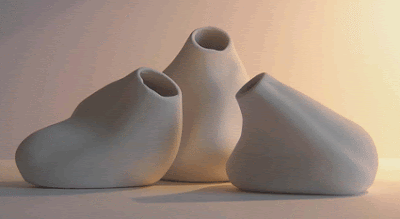The Film: As the user enters the dream space and starts on their journey it will take them through different chambers and levels which has a film playing, making it seem like a virtual reality. The film is triggered by a person walking through the space which sets off a sensor and enables the film to play. As a person walks through the space the film moves towards them and makes them feel as if they are experiencing the dream. This intensifies the space and makes the user actually feel as if they are in the dream.

Sound: There is a constant noise which is displaced from the actual film. The dream like state and the impact on the user inside the dream space is emphasised by this sound. As the user journeys through the Dream Space towards the end the sound and imagery gets more intense creating an intense atmosphere where all you would like to do is escape.

The Journey: The Dream Space takes the user on a journey where you enter behind a building and appear at an alleyway where the dream has taken place. I have created a space which uses scale to add impact to the dream. The space may suddenly go small, so the user has to crawl or it may go large where a void is created and the dream intensified. I have used different levels so the user has to climb up and down.

Materials: In the construction of my dream space I have used metal and glass on the structures which appear above ground. The metal gives a feeling of segregation and hard cold emotion relating to the dream. Glass enables people from outside to join in on the dream and the user inside a quick glimpse of reality. It also makes the user inside feel as if their dream is being penetrated and feels quite exposed. The structures explode out the ground as if they have been dug in and left raw from the impact. The tunnels connecting the structures are made from the raw materials from the ground.





















